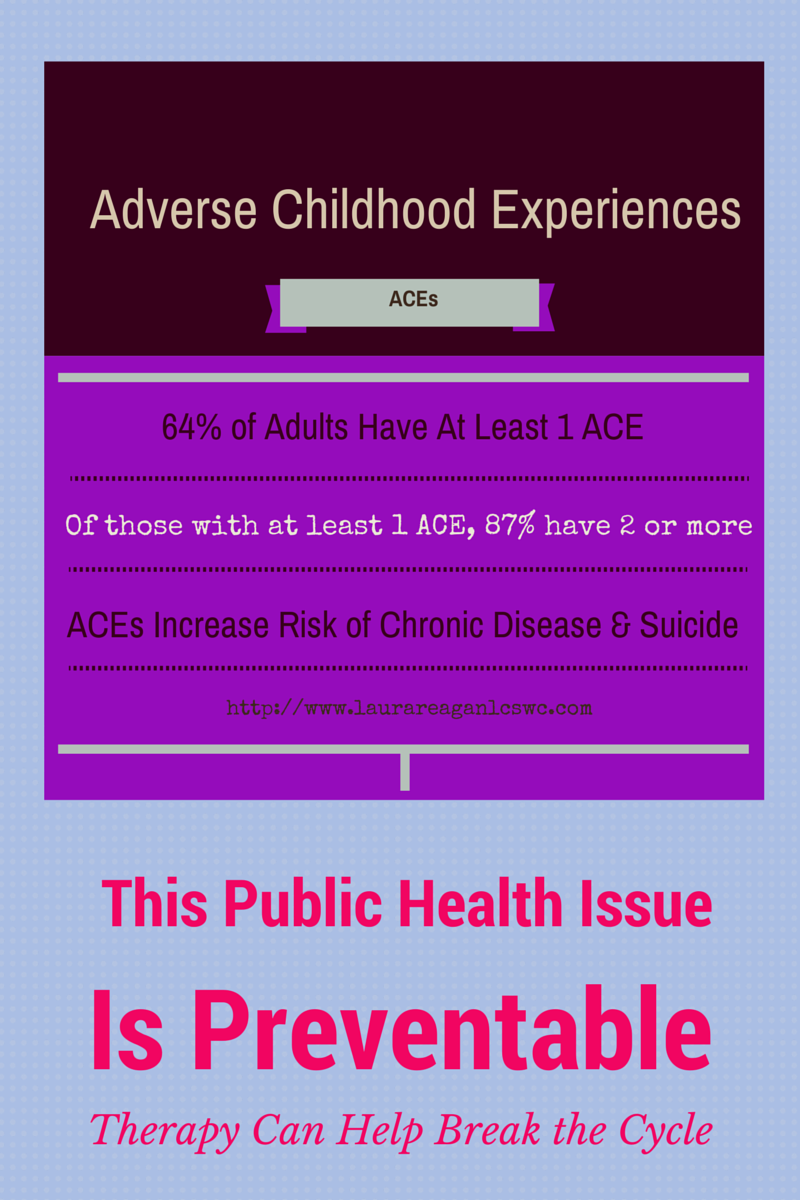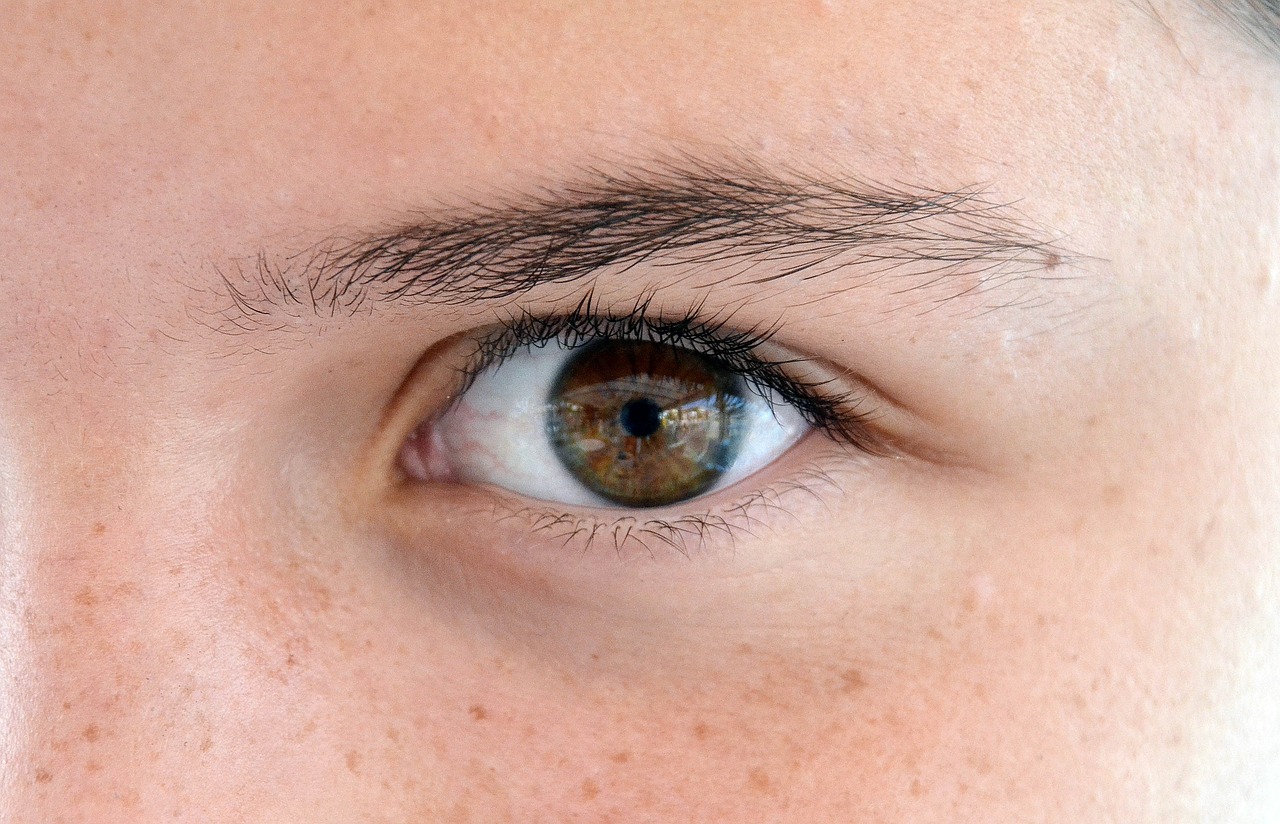Welcome to the second article in my blog series on self care. A lot of my therapist colleagues have been thinking and writing about self care lately. Some great posts on this subject have been written recently by Jodie Gale and Sarah Leitschuh. I asked several therapists to share their favorite self care tips. Hopefully this list will inspire you to make a more conscious effort to put yourself first!
Zoe Cryns, M.A., Portland, OR Never underestimate the power of sitting in sunshine to help offset the 'winter blues'. I take time to get sunshine when it's available, especially here in northern climes, to maintain a positive physiology.
Alicia Taverner, LMFT - Rancho Cucamonga, CA I use exercise and healthy eating for self care. Even if I can't fit in a class at the gym or a full hour of yoga I've recently started to let myself off the hook a little and do even 15 minutes of yoga or meditative stretching. Being a new mom and building a business along with working full time doesn't allow much extra time and something always ends up getting cut short and that's something I'm learning to be okay with. It's okay to just take a quick 10 minute walk on a break at work to get moving and count your blessings!
Peg Shippert, LPC - Boulder, CO I often recommend that people use their waiting time (in lines, on the phone, at the doctor's office etc.) to practice belly breathing. Just mindfully breathing deeply several times a day can really help get our nervous systems better regulated! I'm always telling people that self care is not about doing one specific thing necessarily. It's about listening to what you need and making time for it. It could be talking to a friend, or taking a break, or getting outside, or even just getting a glass of water. As long as that's what you feel like you need in that moment. I definitely use the practices I mentioned myself. The breathing while I'm waiting does a couple of things: 1) turns those wasted minutes that used to frustrate me into a time to do something positive for myself, 2) connects me with my body and calms my nervous system. The checking in to ask myself what I need has helped in all kinds of ways. It increases my self compassion and encourages me to treat myself with care. I also find that a lot of times, what I need is to talk to someone, and that isn't my go to self care activity. So, when I check in and find that's what I want, and honor it by reaching out to someone else, it really enriches my relationships.
Mercedes Samudio, LCSW – Huntington Beach, CA Writing and/or journaling is a strategy I encourage my clients to do as well as one that I frequently do. I feel that writing gets your thoughts -- whether positive or negative -- out of your head and into a space where you can process them. I also feel that writing organizes your jumbled thoughts so you can sort through what's going on for you. Even something as simple as writing a to do list, or jotting down a quick positive affirmation, is enough to shift your mood and change your thoughts.
Steven G. Brownlow, Ph.D. I focus people on belly breathing, making sure they slow way down--maybe 4-5 breaths a minute, total, without ever holding their breath. This resets heart rate variability (and thus emotional regulation), as well as the blood's ability to effectively deliver oxygen. It also reduces stress-related illness markedly.
Michelle Pointon Farris, LMFT - San Jose, CA. I talk to clients about shifting their focus onto self-care and how important it is to create time for yourself. Exercise, and social time having fun is talked about a lot!
Shirani Pathak, LCSW - San Jose, CA I recommend that clients stop watching the news. I don't watch the news and I find my life to be much more peaceful because of it. It keeps me from worrying about all the bad stuff going on in the world.
Colleen King, LMFT - Sacramento, CA. My favorite way to practice self-care is using mindfulness along with belly breathing. An easy and fun way to do this is to focus on the small wonders of nature in the moment. Go outside and notice the patterns in a leaf, or the color variations of the clouds, or the shapes created in between the bare branches of winter trees. I incorporate all the senses to help people become fully immersed in the moment. Feel the softness of grass (crunch of the snow) underneath your feet, hear the sound of the wind, see the beauty of the flight of birds, smell the plants, etc.
Robyn D’Angelo, LMFT Laguna Hills, CA. I recently learned about (and share with my clients) the Hierarchy of Living a Healthy Life: 1) SELF 2) GOD (or whatever you connect to spiritually) 3) OTHERS. Which looks like this: on a daily, the first 30 minutes of your day are you getting moving (walking, running, stretching - whatever works for you) & eat a healthy breakfast. Next is time with your higher power (out in nature, praying, meditating, journaling, reading, etc). And Lastly: others. Which means not checking cell phones, email, social media or tv of any kind I till you've cared for #'s 1&2 first. One of the simplest ways to make #3 stay at #3 in the hierarchy, is to turn off all alerts on your phone/iPads so that you have to manually open any apps/email to see new messages. It's amazing how our brains learn to crave these small alerts upon waking. Do this for a week and you notice a shift. Do this for a month and you feel peace. Do this daily for as long as you can and you develop a sense of clarity and ease that you've never experienced before.
Patty Behrens, MFT - Fresno, CA I encourage clients to take a "time out" during the day, a mini brain break to "single focus" on one of their five senses, sight, sound, touch, taste or smell. Whether at work or at home, take 5 minutes (or more if able). For sight, you look at one object and notice colors, shades of color, texture, designs, every little detail while also doing deep breathing. For sounds, you sit back, close your eyes while you listen to all the sounds, closer sounds will appear first, then less noticeable sounds will be heard. This is especially nice to do outside. Touch should also be done with the eyes closed. It can involve petting an animal, feeling the texture of an object or touching whatever is around you while noticing the textures, designs, temperature, all the little details. Smell and taste are done in a similar fashion. It could be smelling a candle, essential oil, piece of fruit, flower or the outdoors. It's amazing out this simple activity will provide a sense of calmness.
Lisa Bowker, MSW - Providence, RI. I like to remind clients to check in during their day and notice if they can feel a connection to their bodies and the earth. It's so easy to get caught up in our minds. I invite them to imagine bringing your energy or awareness down through your body again, like a gentle waterfall, until you can feel the earth underneath your feet again.
Kelly Montgomery MA, LMFT Oakland, CA I have “no screen” time. Phones off, TV off, etc. Low input time to listen to hear what might have been drown out not out around me, but inside. It's a mindfulness practice.
I'm inspired by these ideas from my fellow therapists. Share your favorite ways of nurturing yourself in the comments below!

















